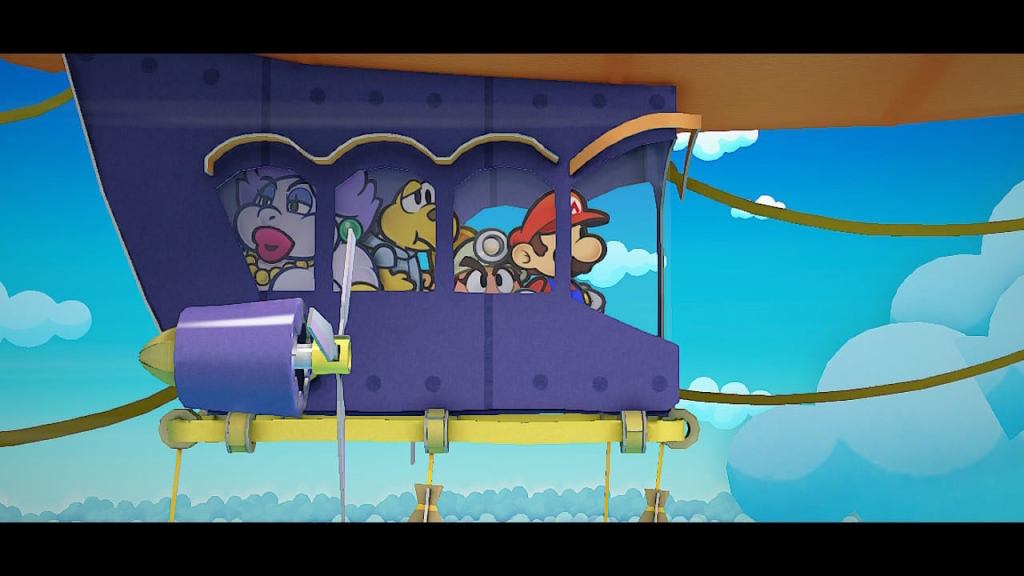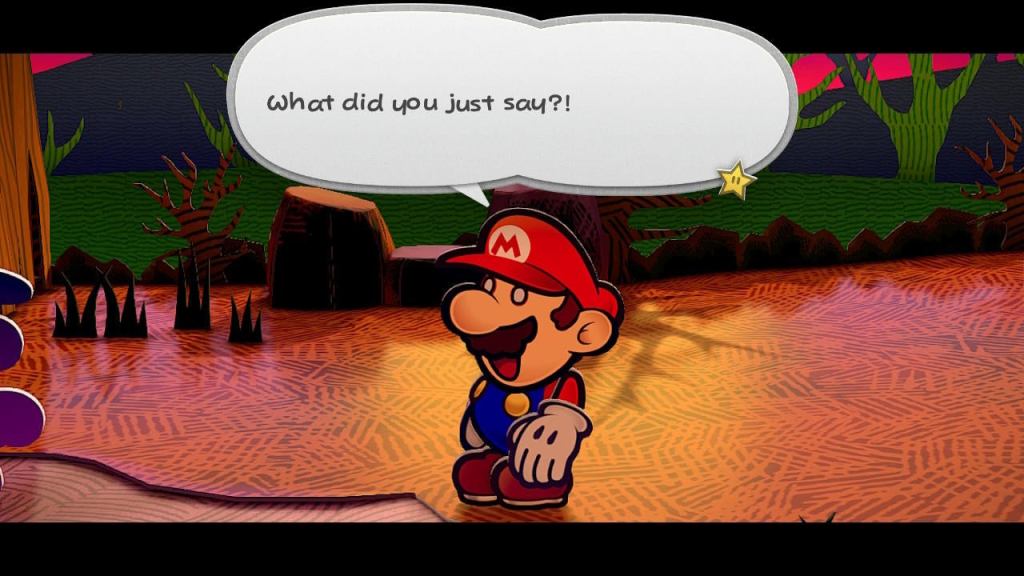Video game companies are notoriously bad at preserving their own history. Too often, great games simply aren’t made available a second time. While Nintendo has done a nice job keeping most of Mario’s adventures accessible to new audiences, Paper Mario: The Thousand-Year Door is one of the most notable exceptions. The RPG was initially released on GameCube back in 2004, and was never made available on another console for two decades. Thankfully, that situation has finally been rectified with Paper Mario: The Thousand-Year Door on Nintendo Switch, a faithful remaster with a handful of improvements over the original.
Videos by ComicBook.com
Paper Mario: The Thousand-Year Door is the second game in the RPG series. While it plays similar to the N64 original, there’s little in the way of connective tissue, so fans that haven’t played the first Paper Mario can jump into this game without issue. For years now, The Thousand-Year Door has been held up as the quintessential game in the series, and after getting a chance to revisit it for the first time in decades, it’s easy to see why; it does a really great job building on the RPG elements that originated in Super Mario RPG, while distinguishing itself more than Paper Mario did.
Mario’s New Friends

Later Paper Mario games moved away from turn-based combat, but The Thousand-Year Door fully embraces this mechanic. As in Super Mario RPG and Paper Mario, the combat has players selecting moves and using timed button presses to deal extra damage. It’s a really good system, and it offers players a lot of different ways to customize their experience. Badges can be bought or found throughout the game, and these give Mario some extra abilities. Some Badges can improve Mario’s defense, while others give him new abilities, like the Tornado Jump. He can only equip more Badges if he has Badge Points to assign, and Flower Points to use those moves in combat. As Mario levels up, players have to choose which of these will be increased, or if they’ll add to Mario’s HP, instead.
Mario isn’t alone in combat, or on the journey itself. Throughout the game, players will meet an original cast of partners that will join him, including Koops, Vivian, Flurrie, and more. Each character offers a different power that can be applied in the overworld, and has their own abilities that can be used in combat. Some of these partners are outright necessary at some points in combat, but players are given a large amount of freedom in who they use for most of the game. If you like Koops, you can stick with him most of the time, or you can divide your focus among the cast. Since Mario doesn’t do much speaking, it’s on these partners to drive the story, and they do an impressive job. Each character has a distinctive personality, from the cowardly Koops, to the overly confident Yoshi. Revisiting the game, it really struck me why so many people have latched on to these characters, even though they’ve all disappeared over the years.
Faithful Even to the Faults

The majority of the game focuses on Mario and his newfound friends, but players will get a chance to control Peach and Bowser between chapters. Peach has been kidnapped yet again, and her segments largely focus on driving forward the plans of the villainous X-Nauts. Meanwhile, Bowser is on a quest of his own, and he even has some stages that are meant to play like Mario’s old-school 2D platformers. These latter sections are a little on the short side, but a lot of fun while they last. The Peach sections inject more humor and absurdity into the game’s narrative, but there isn’t much in terms of actual gameplay and they’re a little bit boring. The princess really doesn’t get a lot to do this time around, and that’s even more noticeable now that she just starred in her own Nintendo Switch game.
That’s really the one area where The Thousand-Year Door suffers; it can just kind of drag at some points. There’s a lot of dialogue, and while it’s all very humorous and well written, there are times you’ll find yourself ready to move on to the next quest, especially between chapters. The gameplay itself is fun, and there’s so much personality to the characters, but there are still times you might feel ready to move on, and it’s not always an option. The game even seems well aware of this fact, poking fun at itself through moments where Luigi details his own separate quest that gets described in great detail, causing Mario to fall asleep. There can also be a bit of backtracking, and the total lack of maps can make it confusing at times.
A GameCube Classic Gets a Second Chance at Fame

During our preview of the game last month, I found that Paper Mario: The Thousand-Year Door felt pretty close to the GameCube original. I can now say that largely is the case, but I feel even better about it because all the choices really seem like they have been made for the better. The improved visuals make the game stand out compared to even some modern games, and the quality-of-life improvements are very convenient. Best of all, the updated translation features some really strong improvements over what we got in 2004. I couldn’t help but feel that a lot of care was put into this remaster, and this is easily the definitive way to experience something that’s already considered a classic.
All in all, Paper Mario: The Thousand-Year Door is an easy recommendation. For those that never got a chance to play the original game, there’s no better time than the present, and the Nintendo Switch version is easily the best way to play it. The warts that the game had in 2004 are still here, but if you find yourself invested in the characters and adventure, you probably won’t mind the amount of text too much. Now that GameCube classics like Metroid Prime, Pikmin, and Paper Mario: The Thousand-Year Door have all made the jump to Switch, it’s long past time we got The Legend of Zelda: The Wind Waker and Eternal Darkness. Hopefully, those games won’t be far behind!
Rating: 4.5 out of 5
Paper Mario: The Thousand-Year Door is set to release May 23rd, exclusively on Nintendo Switch. A code was provided by the publisher for the purpose of this review, and it was reviewed on a Nintendo Switch OLED.








